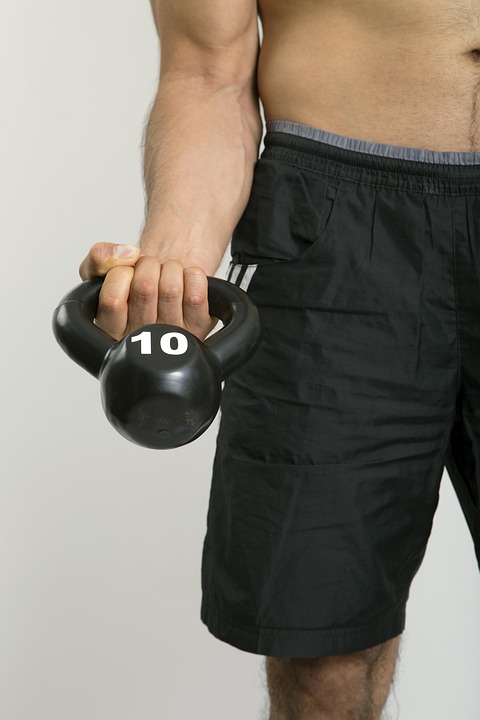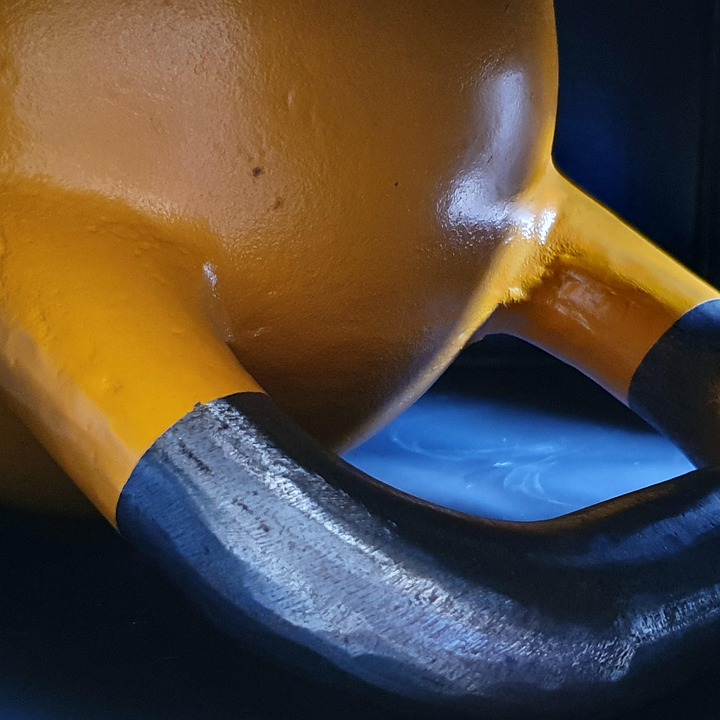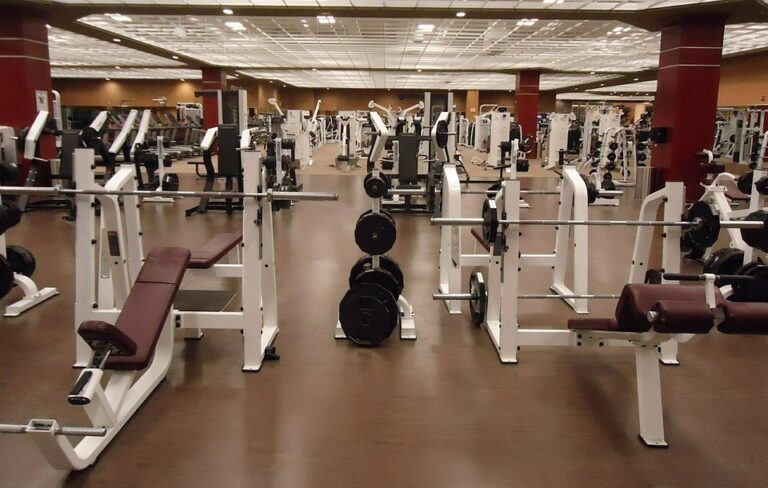
Choosing the Right Kettlebell: Essential Tips for Beginners and Fitness Enthusiasts
When it comes to kettlebells, the myriad of options available can be overwhelming. With a plethora of sizes, weights, and materials, how does one navigate this jungle of fitness equipment? Selecting the right kettlebell is not merely a matter of picking up the shiniest or the most colourful one; it demands a thoughtful consideration of several factors.
1. Understanding Your Goals
Before even contemplating a purchase, take a moment to reflect on what you aim to achieve. Are you looking to build muscle, enhance your cardiovascular endurance, or perhaps improve your overall flexibility? Each of these goals may dictate a different approach to kettlebell training. For instance, if strength is your primary concern, heavier kettlebells may be more suitable. In contrast, those seeking to increase endurance might do better with lighter weights that allow for higher repetitions.
2. Weight Selection: The Goldilocks Principle
The weight of your kettlebell should neither be too light nor too heavy; it should feel just right. For beginners, a kettlebell weighing between 8-12 kg (approximately 18-26 lbs) is often recommended. However, this is merely a guideline. Some individuals may find that they need something lighter to start, while others might feel confident with a heftier option. It’s crucial to consider your personal strength levels and experience. As the renowned fitness expert, Brett Jones, suggests, “Choosing the right weight is key to ensuring proper form and avoiding injury.”
3. Material Matters
Kettlebells come in various materials such as cast iron, vinyl, and rubber-coated options. Each type has its own set of advantages and drawbacks. Cast iron kettlebells are durable and provide a traditional feel, while rubber-coated versions can be gentler on floors and are often quieter during workouts. If your training space is in your living room, a rubber-coated kettlebell may save you from unwanted noise and potential damage. Additionally, consider the handle; is it wide enough for a comfortable grip? A smooth, well-finished handle can significantly affect your training experience.
4. Handle Design and Size
The handle of a kettlebell is often overlooked, yet it plays a pivotal role in your performance. A wider handle allows for a better grip, especially during dynamic movements. Furthermore, the spacing between the handle and the body of the kettlebell can impact your wrist alignment and overall technique. As a rule of thumb, if you can comfortably slide your hand through the handle without any resistance, you’re likely on the right track.
5. Versatility and Space Considerations
When investing in kettlebells, consider the versatility of the weights you’re contemplating. Some kettlebells come in adjustable varieties, allowing you to modify the weight as your strength progresses. This can be a space-saving option for those with limited room. However, it’s essential to ensure that the adjustable mechanism is reliable and robust. Investing in a set of kettlebells may seem more expensive upfront, but it can provide a wider range of exercises and greater longevity in your fitness journey.
As you embark on this kettlebell journey, remember that the right choice will not only enhance your workout but also elevate your enjoyment of fitness. The world of kettlebells is rich with possibilities, and the perfect one for you is out there, waiting to be discovered.
In the ever-evolving landscape of fitness, BargainsTrust continues to bring you meticulously curated product selections, ensuring you have access to not just the right kettlebell, but all the essential tools to support your health and well-being. Keep an eye on our offerings as you make strides in your fitness journey!







